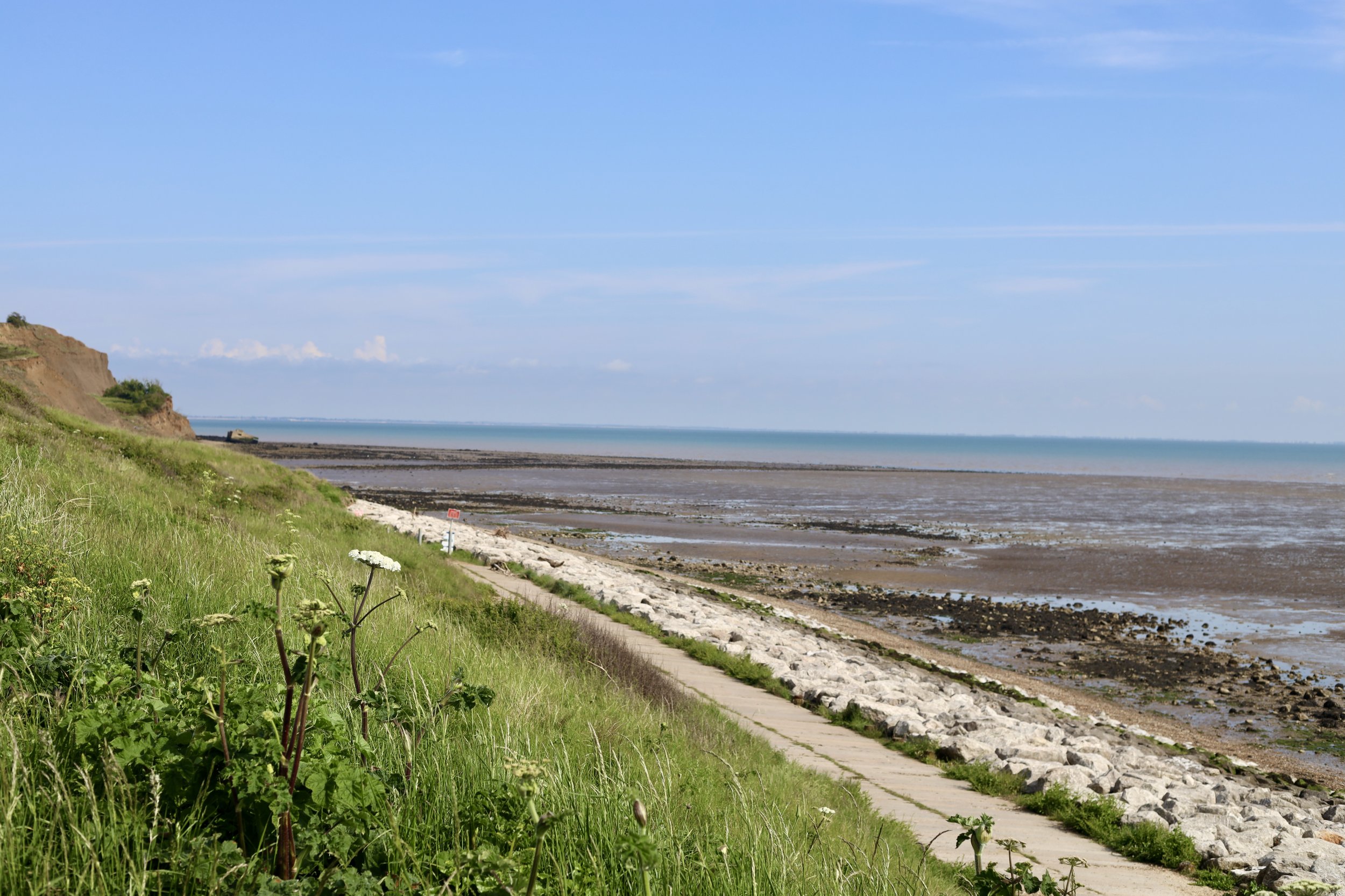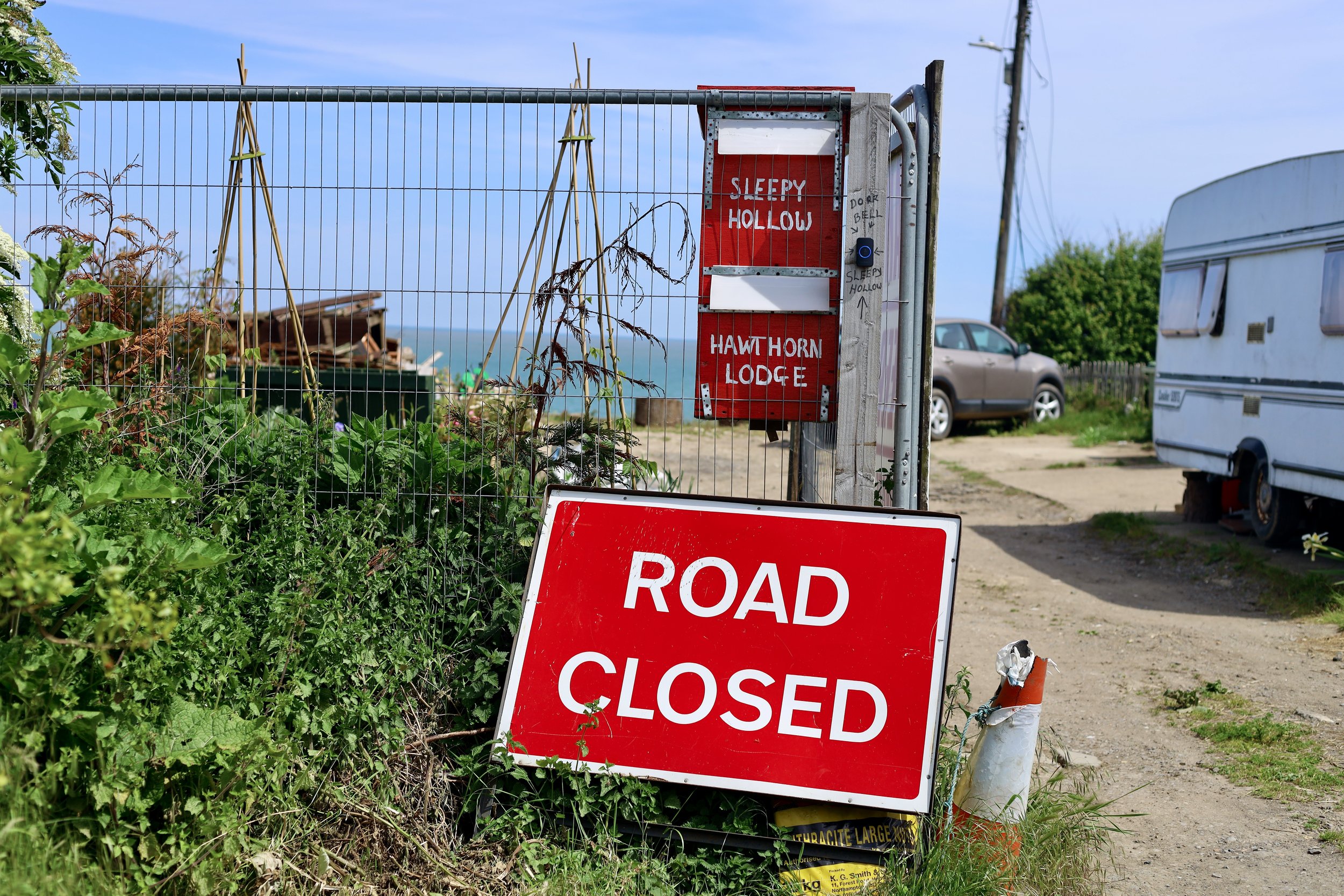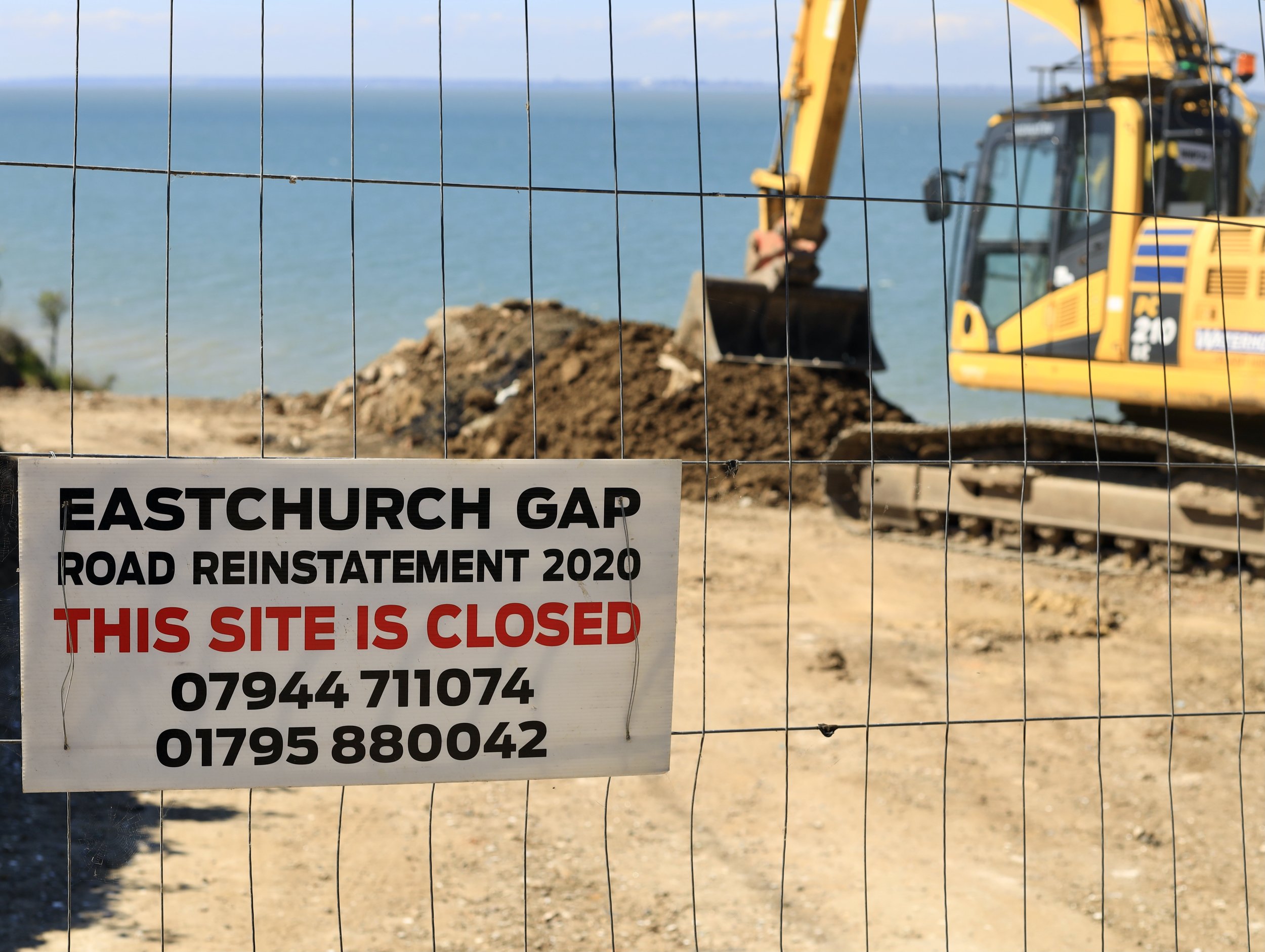
Photoreportages
“You can’t stop the sea”
With one of the fastest eroding coastlines in Europe, the UK is struggling to protect coastal communities from sea level risings. About 9,000 properties in England alone are currently exposed to risk from the coastal recession, says the latest report by the Committee on Climate Change.
The government’s policy is changing from investing in defences towards relocation and adaptation. However, this means many people will lose their homes, might not receive compensation and will face displacement.
They are set to become the country’s first ‘climate refugees’. However, many within these coastal communities challenge such simplistic and sensationalistic portrayals.
They call for national recognition of the issue and adequate action to tackle it. In the meanwhile, they are taking the matter into their own hands and organising local self-support groups to make up for the government’s shortcomings.
Published on Al Jazeera
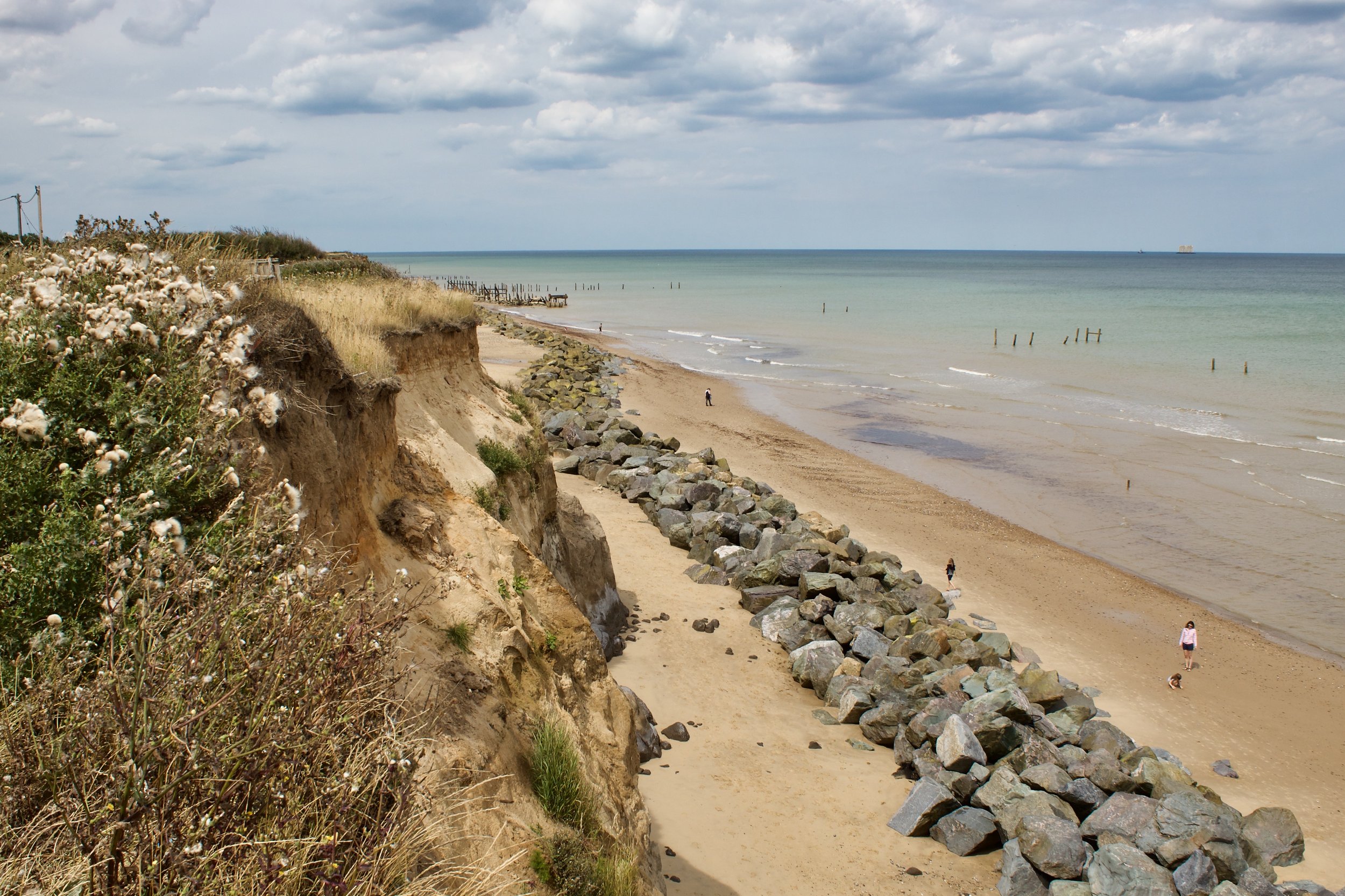
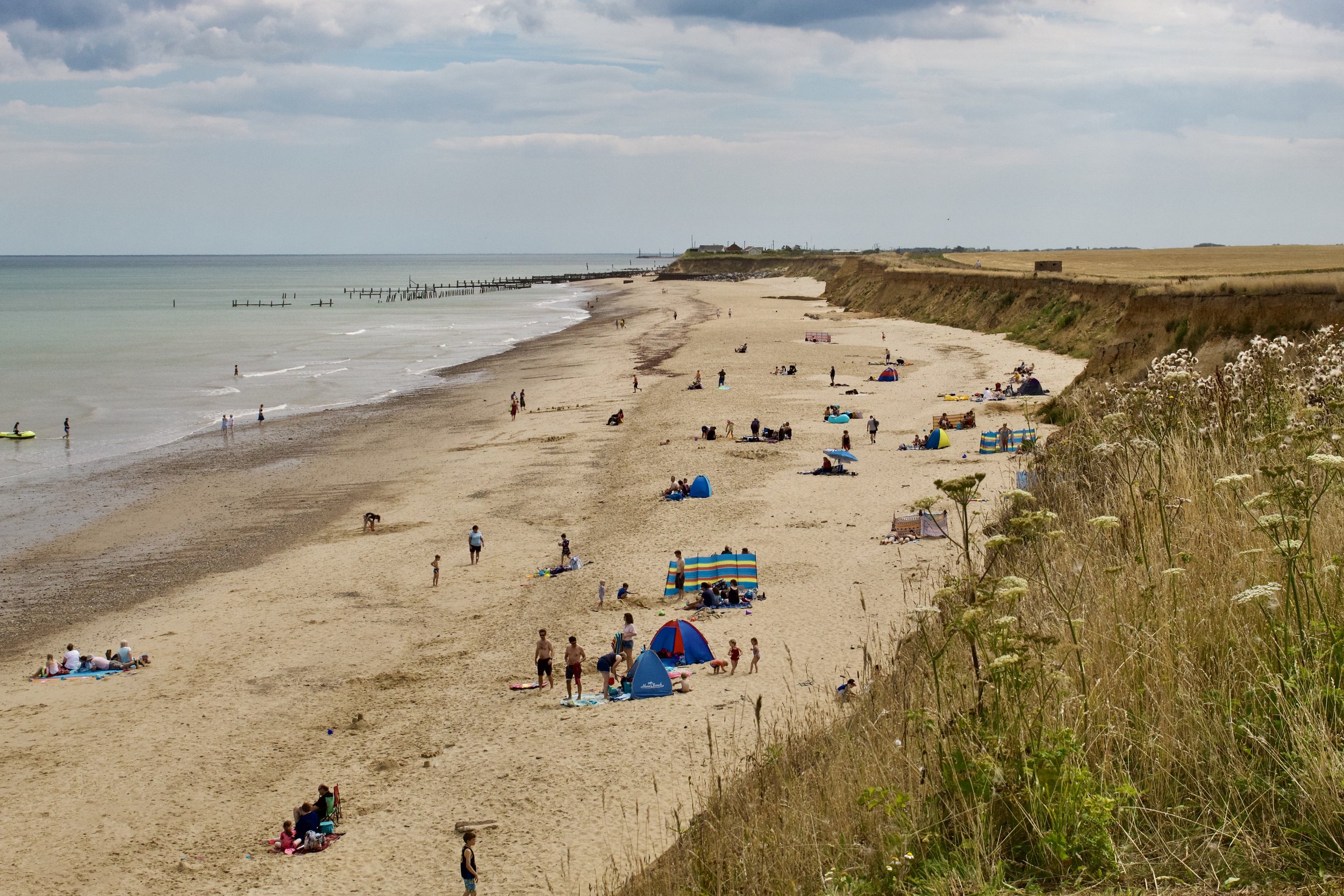
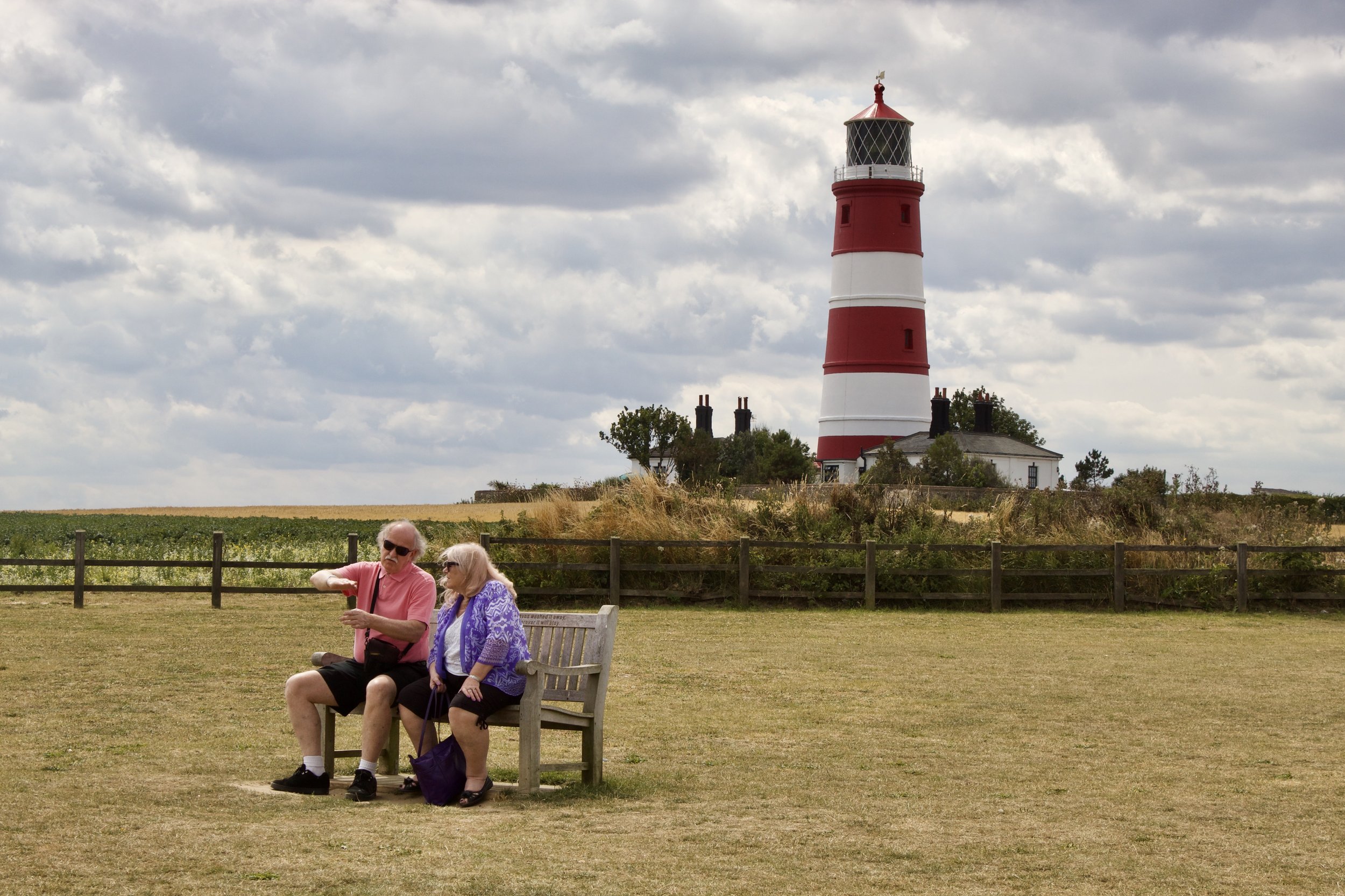
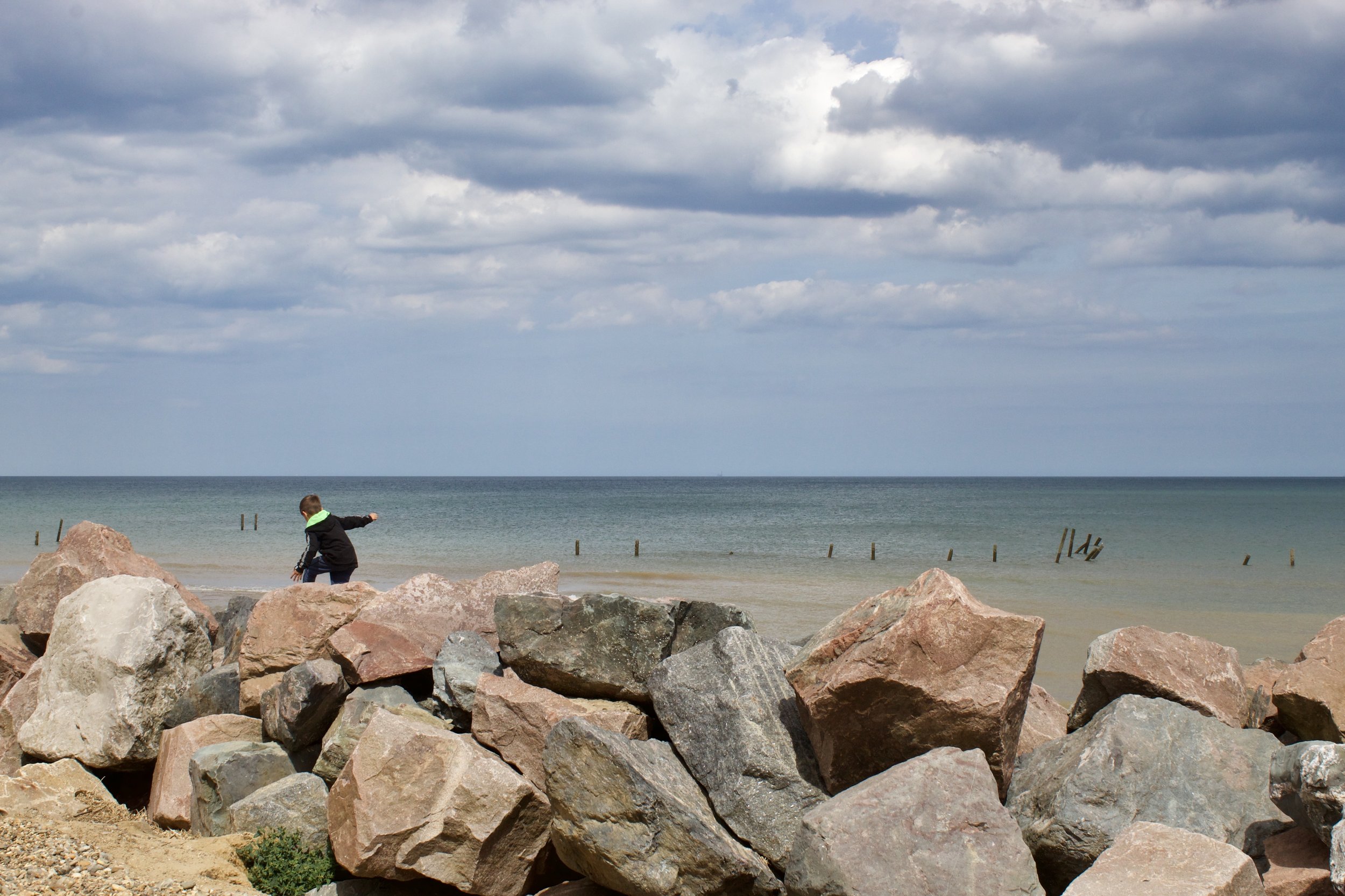

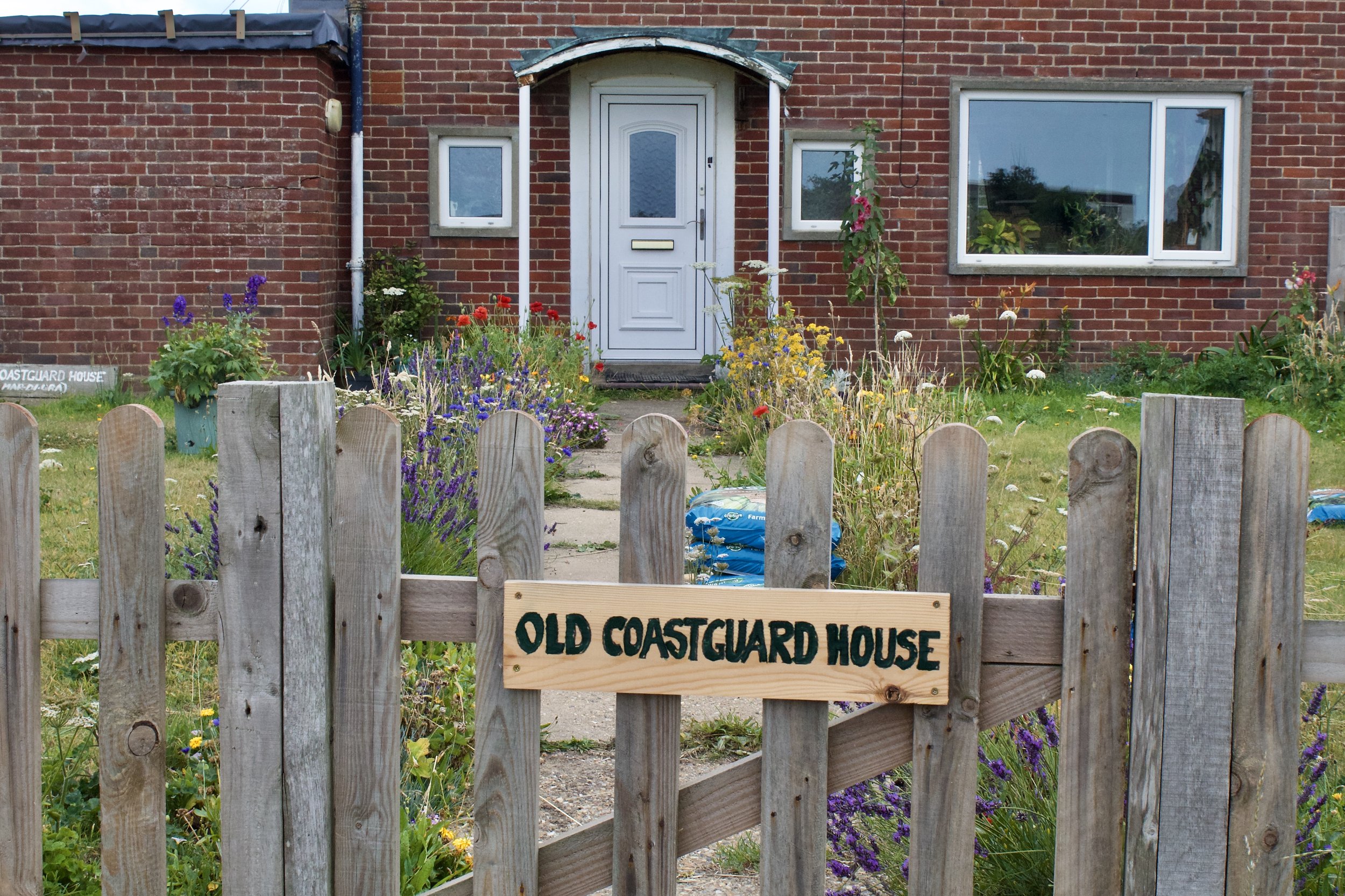
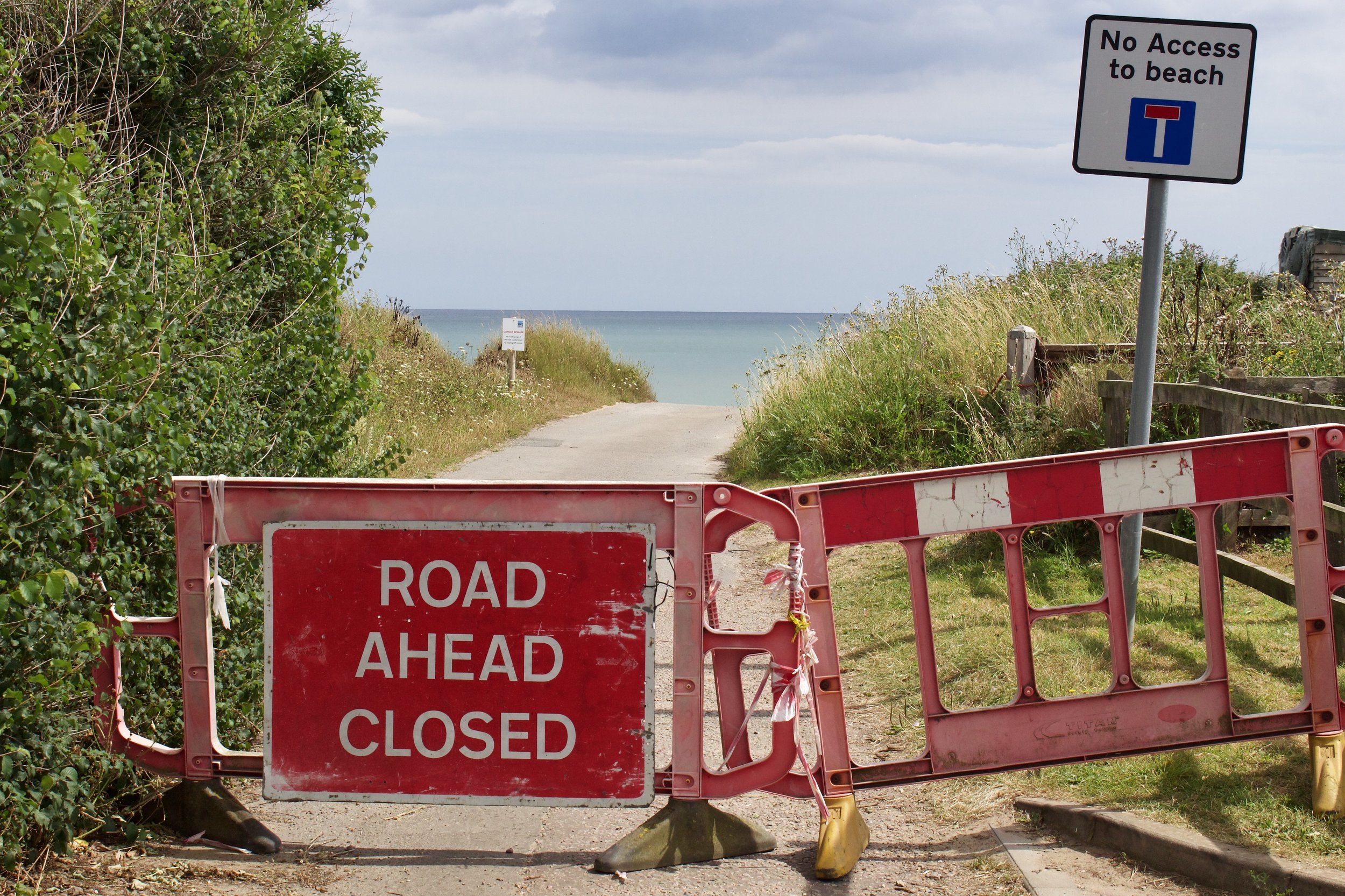



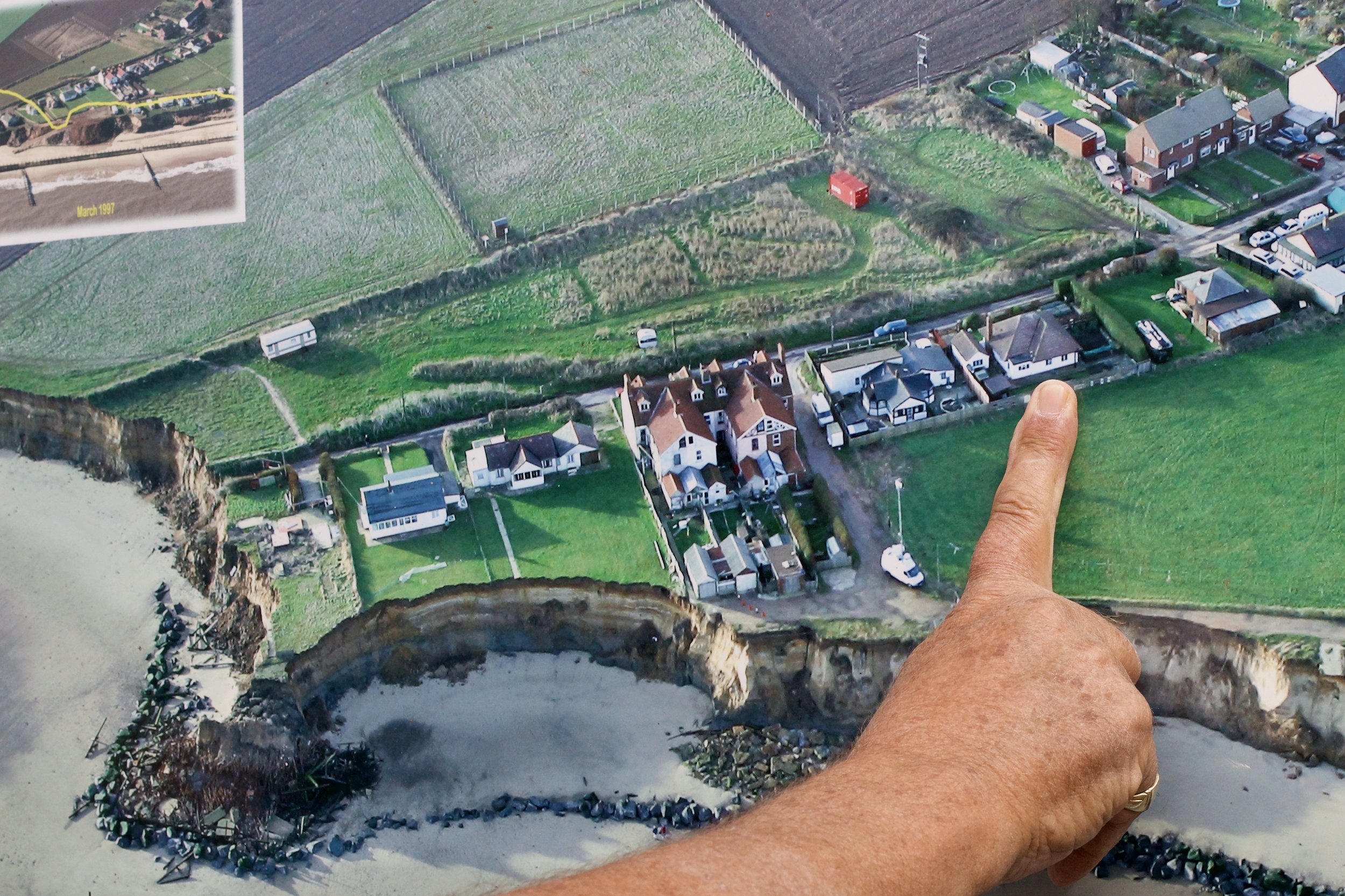
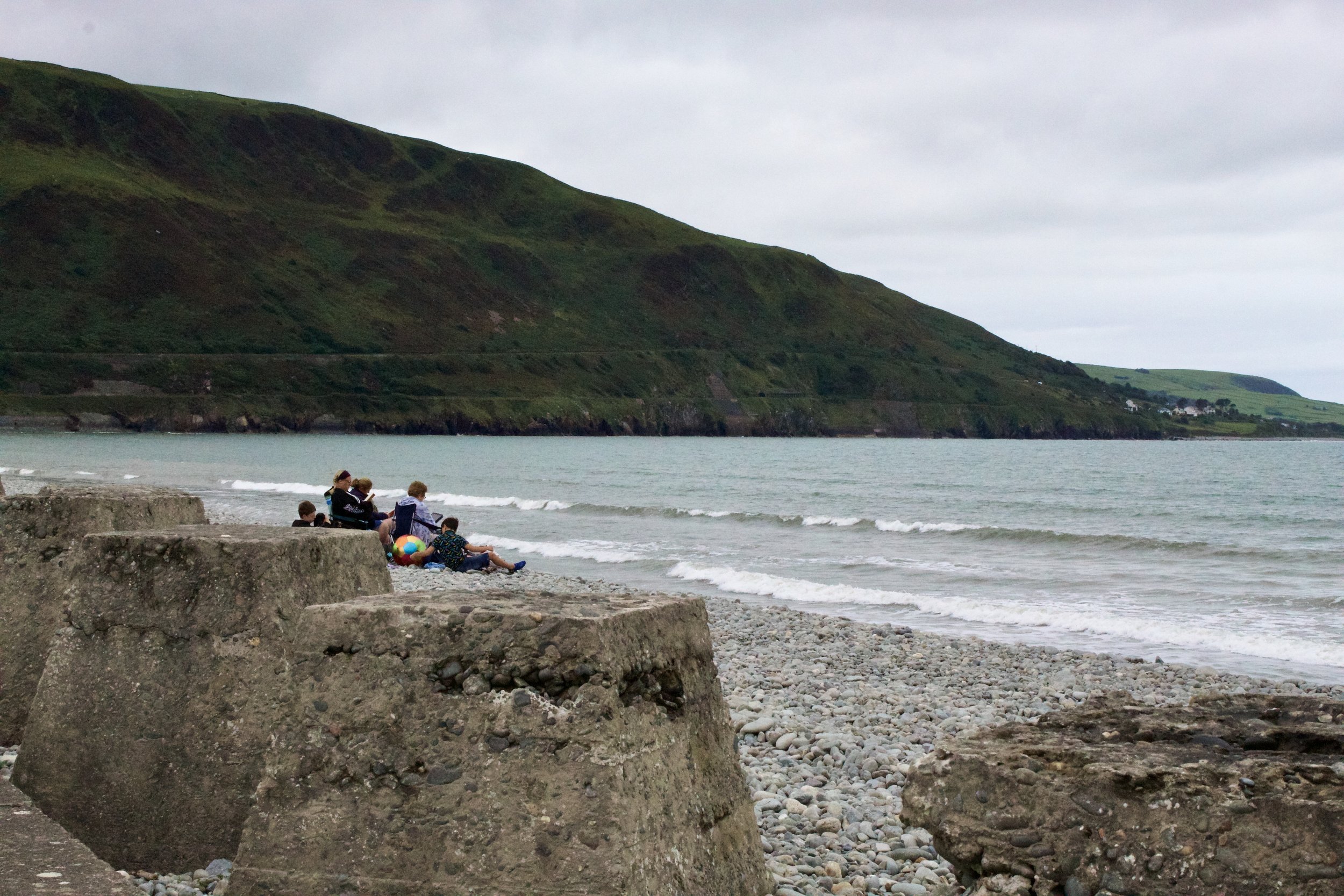
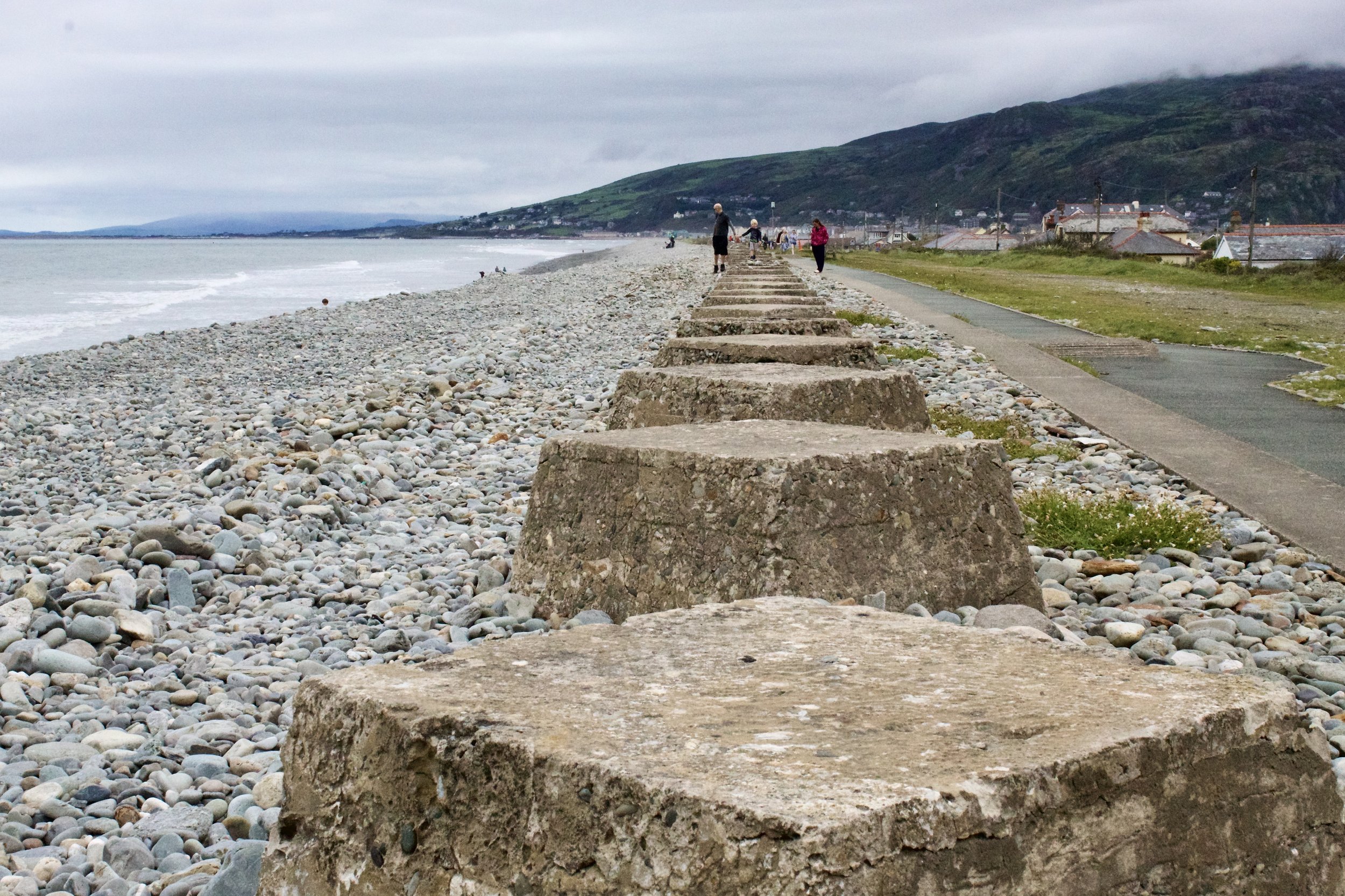

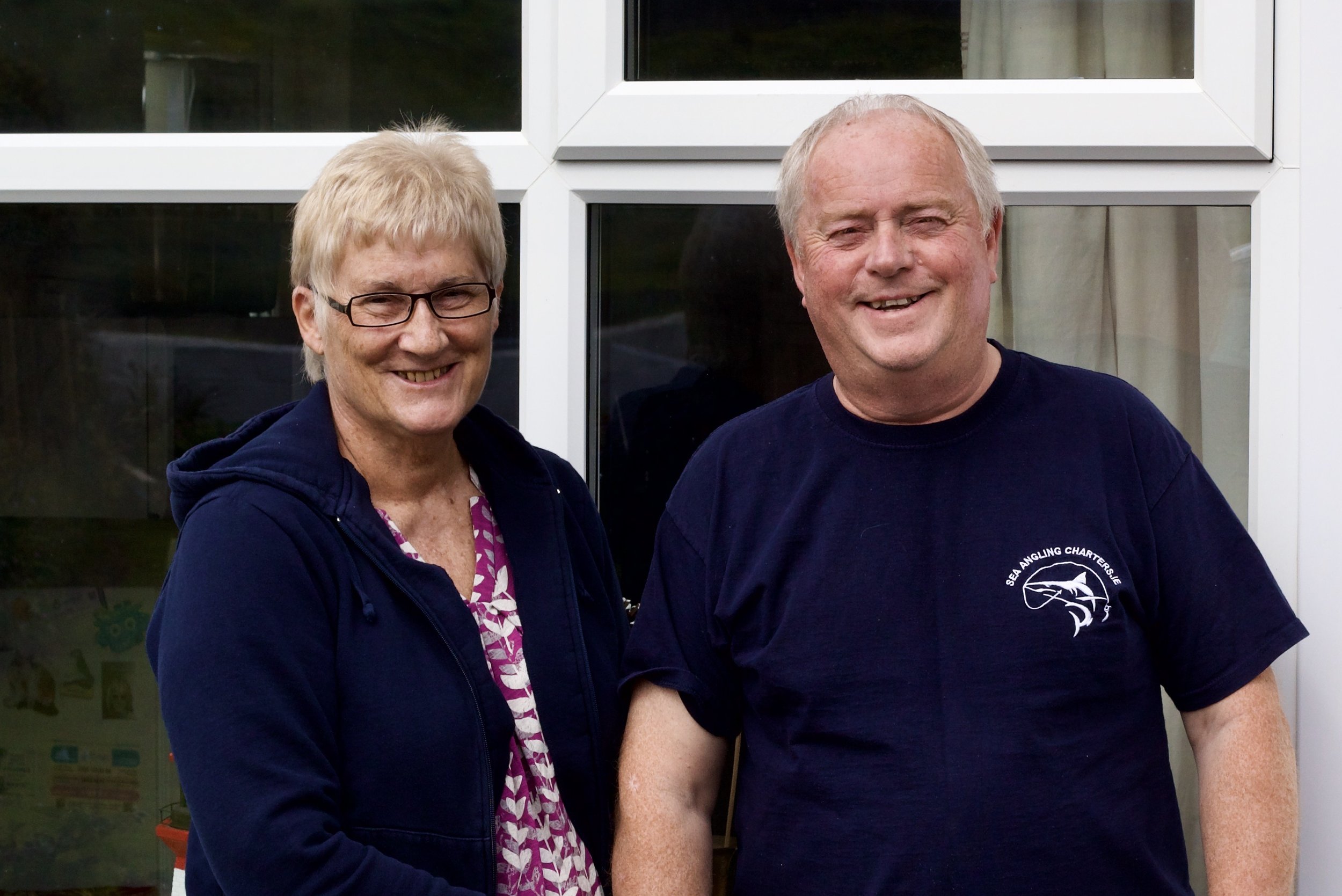


“I am never, ever going to leave”
About 1.5 million people living along the Thames’s banks are exposed to floods and eroding coasts. Malcolm Newell’s (pictured below) home is among the five million properties in England at risk of falling into the sea, according to estimates by the Environment Agency (EA), the country’s public body managing flood risk.
Last year, the United Kingdom’s government kicked off a record $6.2 billion investment in flood and coastal defences in England to better protect 336,000 properties by 2027. Some areas have seen these investments materialize already, like the port of Tilbury, 35km east of London, where a $41 million scheme was launched to install new dual-function lock gates in the estuary.
However, in the meantime, new homes continue to be built in flood-risk areas as part of the local authorities’ efforts to tackle the housing shortage. In 2021, more than 5,000 new homes were granted planning permission on floodplains in the East of England.
Published on Al Jazeera and Earth Journalism Network





